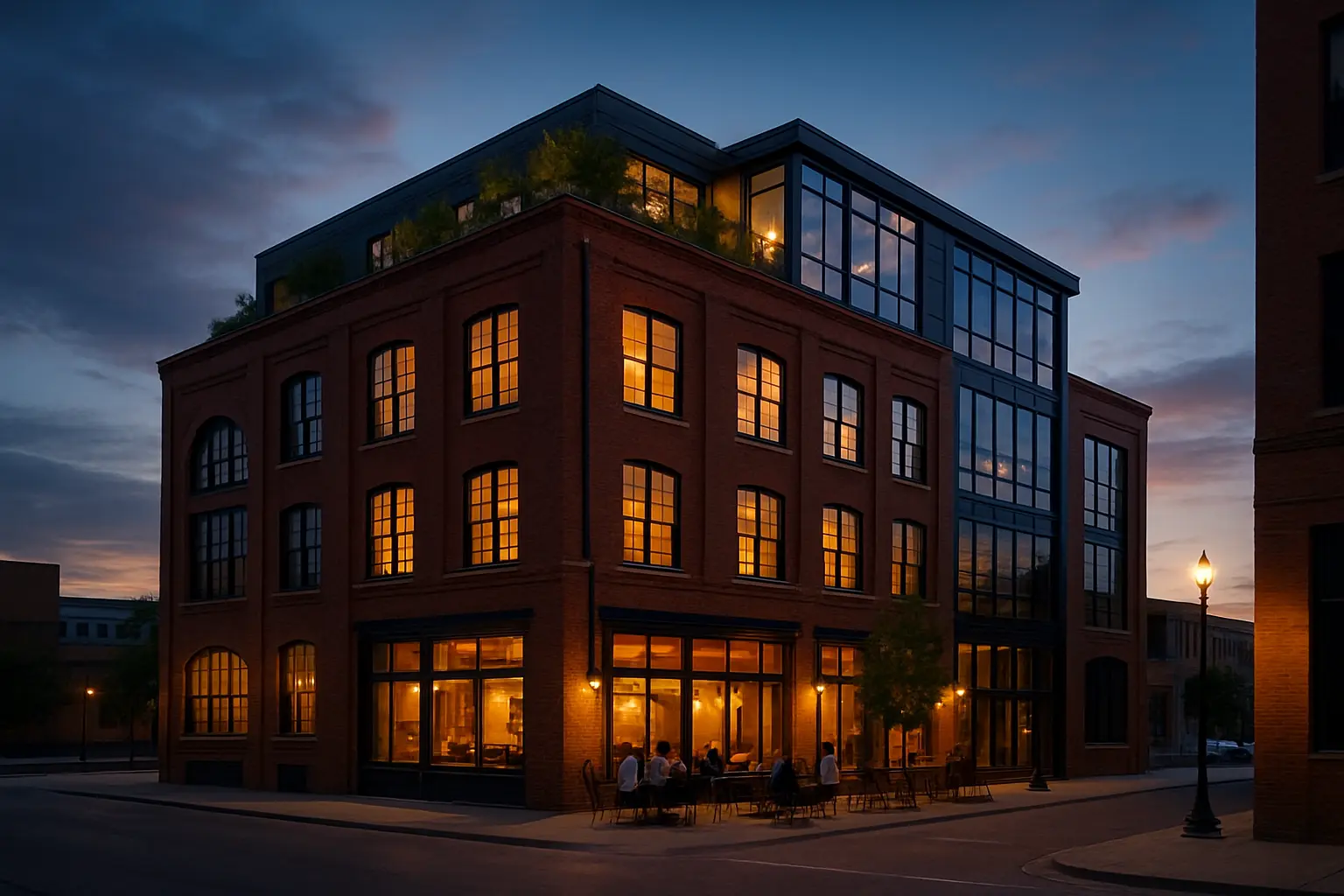From Warehouses to Wealth: Cedar Rapids' Commercial-to-Residential Revolution
Discover how savvy investors are transforming industrial spaces into sought-after living communities, creating unprecedented opportunities in Iowa's second-largest city

The Growing Trend: Understanding Cedar Rapids' Mixed-Use Development Renaissance
Cedar Rapids is experiencing an unprecedented transformation as developers and investors breathe new life into the city's historic industrial spaces. The movement toward adaptive reuse has captured the imagination of both local and national investors, turning forgotten warehouses into thriving residential communities.
In the heart of Iowa's second-largest city, these conversions are more than just construction projects - they're catalysts for community revival. The urban landscape is evolving to meet the growing demand for downtown living, with former industrial spaces becoming sought-after addresses for young professionals and empty nesters alike.
Success Stories: Notable Commercial-to-Residential Conversions in Downtown Cedar Rapids
Several standout projects have already demonstrated the potential of commercial-to-residential conversions:
- The Warehouse Lofts - A former grain storage facility transformed into 65 luxury apartments, maintaining original exposed brick and timber beams
- River Market District - An old manufacturing complex converted into mixed-use space featuring residential units, boutique retail, and creative office spaces
- The Mason District - A historic industrial building reimagined as modern apartments with ground-floor dining and entertainment venues
"These conversions aren't just changing buildings; they're creating vibrant neighborhoods where people can live, work, and play within walking distance of everything they need," notes a prominent local developer.
Investment Potential: Analyzing Market Values and ROI in Transformed Properties
The financial benefits of these conversions have become increasingly clear:
- Property values in converted buildings have shown average increases of 40% post-renovation
- Occupancy rates consistently exceed 95% in transformed properties
- Rental premiums of 15-20% compared to traditional apartment complexes
Tax incentives and historic preservation credits have made these projects even more attractive to investors, while sustainable building practices contribute to long-term cost savings.
Key Investment Considerations
- Historic tax credits can offset up to 20% of qualified renovation costs
- Energy-efficient upgrades qualify for additional incentives
- Mixed-use developments often command higher per-square-foot returns
Future Outlook: Upcoming Projects and Opportunities in Cedar Rapids' Urban Evolution
The momentum shows no signs of slowing, with several exciting developments on the horizon:
- The planned Innovation District, incorporating multiple warehouse conversions
- New zoning changes facilitating easier commercial-to-residential transitions
- Growing interest from national developers eyeing Cedar Rapids opportunities
As Cedar Rapids continues to evolve, these transformative projects are creating a blueprint for sustainable urban growth. The city's commitment to preserving its industrial heritage while embracing modern living solutions has positioned it as a model for mid-sized cities across the Midwest.
"Cedar Rapids is proving that with vision and careful planning, industrial spaces can become the cornerstone of urban revival," states a local urban planning expert.
For investors and developers looking to participate in this urban renaissance, Cedar Rapids offers a unique combination of historical character, strong market fundamentals, and supportive local governance - creating an ideal environment for commercial-to-residential conversions that promise both financial returns and community impact.


